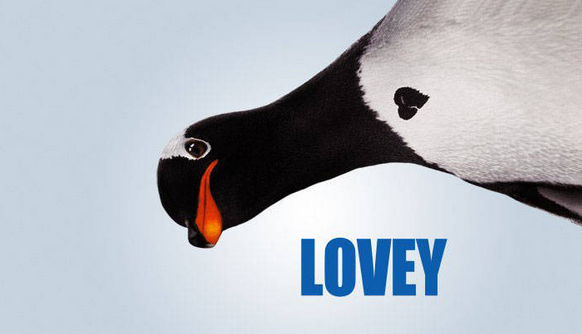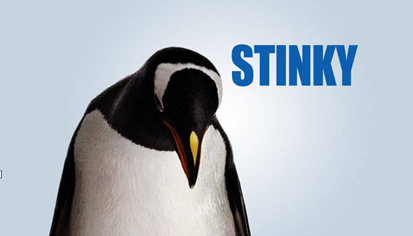Author: Alan Rothstein, Co-Founder of Fish Tank Media
On April 24th, Google unveiled the Penguin algorithm update aimed at on-page over optimization and external link manipulation. Along with the algorithm change comes changes to some SEO tasks. Below are a few of the SEO best practices that are impacted by the Penguin update to date. Visit SEOmoz Google Algorithm Change to learn about Penguin & Panda algorithm updates as they happen.
Link Building
Anchor Text Request
The first thing most SEO professionals contemplate when doing link building is: we have a bunch of links but most have either the domain name or an image externally linked. Can’t we just contact the person with the external link and ask them to use the right anchor text? With the Penguin update, this task is no longer best practice. With Google’s algorithm looking for an un-natural density of external link anchor text, you should go back to building links instead of link anchor text sculpting.
Link Remediation
Many SEO professionals in the past pushed link remediation to the back burner thinking that a handful of bad links will not cause any penalties, and they would have been right until Penguin came around. Fortunately, Google has utilized Google Webmaster Tools to report bad links that may or may not be causing penalties to organic rankings. Keep an eye on the warnings section and remediate any links that get flagged by Google.
On-Page Optimization
Title Tag Best Practices
An important variable to achieving better organic rankings is the optimization of the Title Tag. Pre-Penguin the best practice was to have the primary keyword in the first position followed by secondary and tertiary keywords that echoed the primary keyword. In addition to a 70 character limit, we recommend using the primary and secondary keyword that share a similar keyword theme. However, if you have additional characters available we recommend adding a third keyword that provides a new, different keyword theme.
Pre-Penguin Best Practices
Social Media, Social Media Marketing & Social Marketing Media | FTM
Post Penguin Best Practice
Social Media, Social Media Marketing & Facebook Marketing | FTM
Keyword Density in Body Content
The best practice up until the Penguin update was 5% keyword density. For now, we recommend having 3%-4% keyword density until Penguin is researched further. Also consider repetitions of the primary keyword in conjunction with keyword density. The more content you have on the page, the more repetitions of the primary keyword you will need to add.
The Bottom Line
SEO is a long term ranking strategy. Participating in Black Hat SEO will eventually catch up with you. The lost rankings, time and money spent to clean up a website is not worth the short term gain. Further, if your main domain gets banned from Google you may have to start a brand new domain, hurting your brand in the process. Staying on top of the Google algorithm shifts and the use of White Hat SEO best practices is the best SEO strategy.


